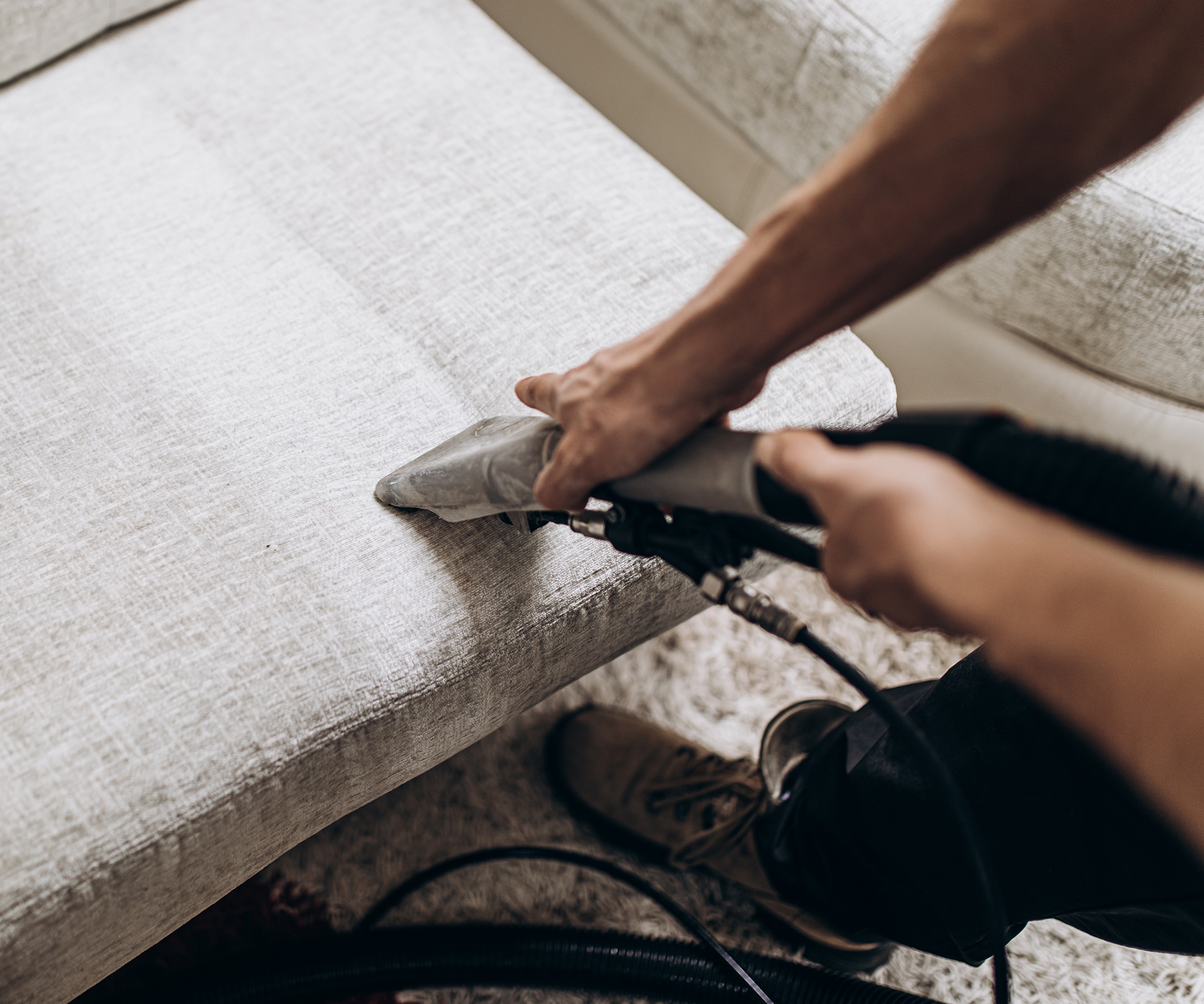Spots Be Away: Effective Methods for Fabric Maintenance
Upholstery often serves as the focal point of our interiors, providing comfort and elegance while also reflecting our personal preferences. However, over time, it can easily collect dirt, spots, and smells, making it crucial for homeowners to prioritize furniture maintenance. Effectively cleaning and caring for your upholstery not only ensures a clean appearance but also contributes to a healthier living environment. With a wealth of cleaning supplies and techniques available, navigating the world of upholstery cleaning can be overwhelming.
In this comprehensive guide, we will uncover effective solutions to address common upholstery stains, share DIY cleaning tips that really work, and emphasize the benefits of seeking expert assistance. Whether professional upholstery cleaner are a pet owner dealing with pet hair and odors, or simply looking to refresh your favorite couch, understanding the best techniques and methods is vital. Let's dive into the effective approaches that will help you keep your upholstery looking its best for a long time to come.
Frequent Furniture Marks and Solutions
Upholstery is susceptible to a variety of marks due to regular use, pets, and accidental leaks. Some of the most common stains include eatery and beverage accidents, pen marks, and animal accidents. To tackle eatery and beverage stains, it's vital to act quickly. Soak the stain with a clean cloth to capture excess liquid, then use a combination of gentle dish soap and water to lightly scrub the area. For pen marks, rubbing alcohol applied with a cotton ball can work wonders—be sure to try it on an inconspicuous area first to avoid deterioration.
Another common challenge for furniture is grease and oil marks. These can be difficult to remove, but sodium bicarbonate is a useful remedy. Spread sodium bicarbonate over the stained area and let it sit for a couple of hours to absorb the grease. Afterward, clean the area and follow up with a textile-safe cleaner. For animal stains, enzymatic cleaners are uniquely designed to decompose the proteins in urine and remove odors. Apply the solution according to the manufacturer’s directions for the best outcomes.
Lastly, for water marks, it is key to let the furniture air dry completely before attempting to clean it. Once dry, you may softly mist the stained area with water and dab with a fresh cloth to even out the fabric coloration. Keep in mind, when handling with any marks, it's important to follow the maintenance instructions unique to your upholstery fabric to avoid harm. Regular care and prompt action can go a great way in keeping your upholstery appearing new and tidy.
Do-It-Yourself vs. Expert Upholstery Cleaning

When it comes to cleaning upholstery, homeowners often face the decision between DIY methods and hiring professionals. DIY cleaning can be a cost-effective option, allowing individuals to address stains and dirt using readily available products and tools. Many do-it-yourself techniques leverage usual household items such as apple cider vinegar and sodium bicarbonate, which can be effective for basic cleaning tasks. However, the effectiveness of these methods can vary depending on the fabric type and the extent of the stain. It is essential to conduct a patch test on inconspicuous areas before applying any cleaning solution to prevent damaging the upholstery.
On the other hand, expert upholstery cleaning offers several benefits that do-it-yourself methods may not provide. Professionals are equipped with advanced tools and cleaning solutions that can reach deep into the fibers of the fabric, effectively removing dirt, allergens, and difficult stains. They use techniques like hot water extraction or chemical cleaning, which can significantly enhance the cleanliness and longevity of the upholstery. Furthermore, professionals are skilled to identify the particular needs of different materials, ensuring that the cleaning process is safe and efficient.
Ultimately, the decision between do-it-yourself and professional upholstery cleaning depends on the homeowner’s needs, budget, and the condition of their furniture. For small stains and regular maintenance, do-it-yourself methods may suffice. However, for major cleaning needs or sensitive fabrics, investing in expert services can yield significantly better results. Property owners should assess their circumstances and determine the most suitable approach for maintaining their upholstery.
Furniture Care Suggestions for Longevity
To ensure that your furniture stays in great shape for a long time to come, regular maintenance is essential. Clean your upholstered furniture at least once a seven days to remove dust, dirt, and allergens that can accumulate over the months. Use a soft brush tool to make sure that you do not harm the fabric while effectively cleaning the areas. Focusing on seams and crevices will help prevent the accumulation of debris, which can deteriorate fabrics and lead to early wear and tear.
In addition to routine vacuuming, it is important to handle spills and stains promptly. Always dab spills with a fresh, dry cloth to absorb as much liquid as you can without rubbing, which can spread the stain or damage the fibers. For different types of stains, look into the appropriate cleaning solutions that are compatible for your particular upholstery fabric. Putting money in a quality upholstery cleaner can help tackle tough stains successfully, preventing them from becoming permanent.
Lastly, consider using fabric protection sprays after cleaning to shield your upholstery from upcoming stains and spills. These protective sprays create a barrier that makes it easier to wipe away accidents without harming the fabric. Also, rearranging cushions and using blankets can help reduce wear on frequently used areas, as well as provide a new look to your furnishings. By implementing these maintenance suggestions, you can extend the life of your upholstery considerably.